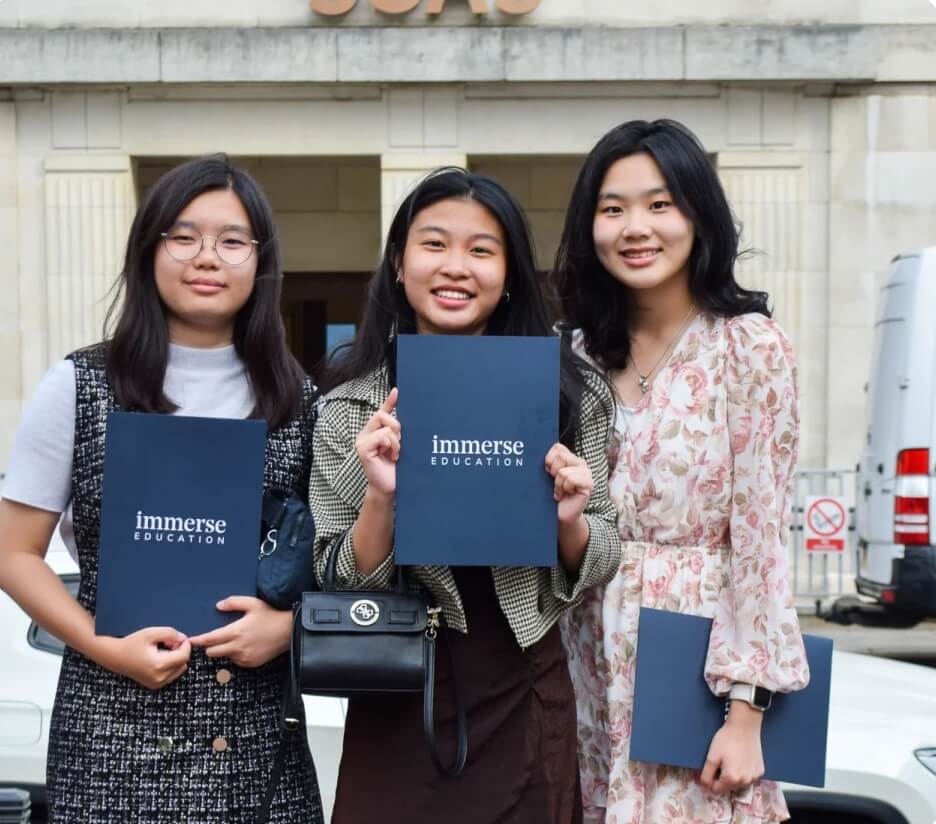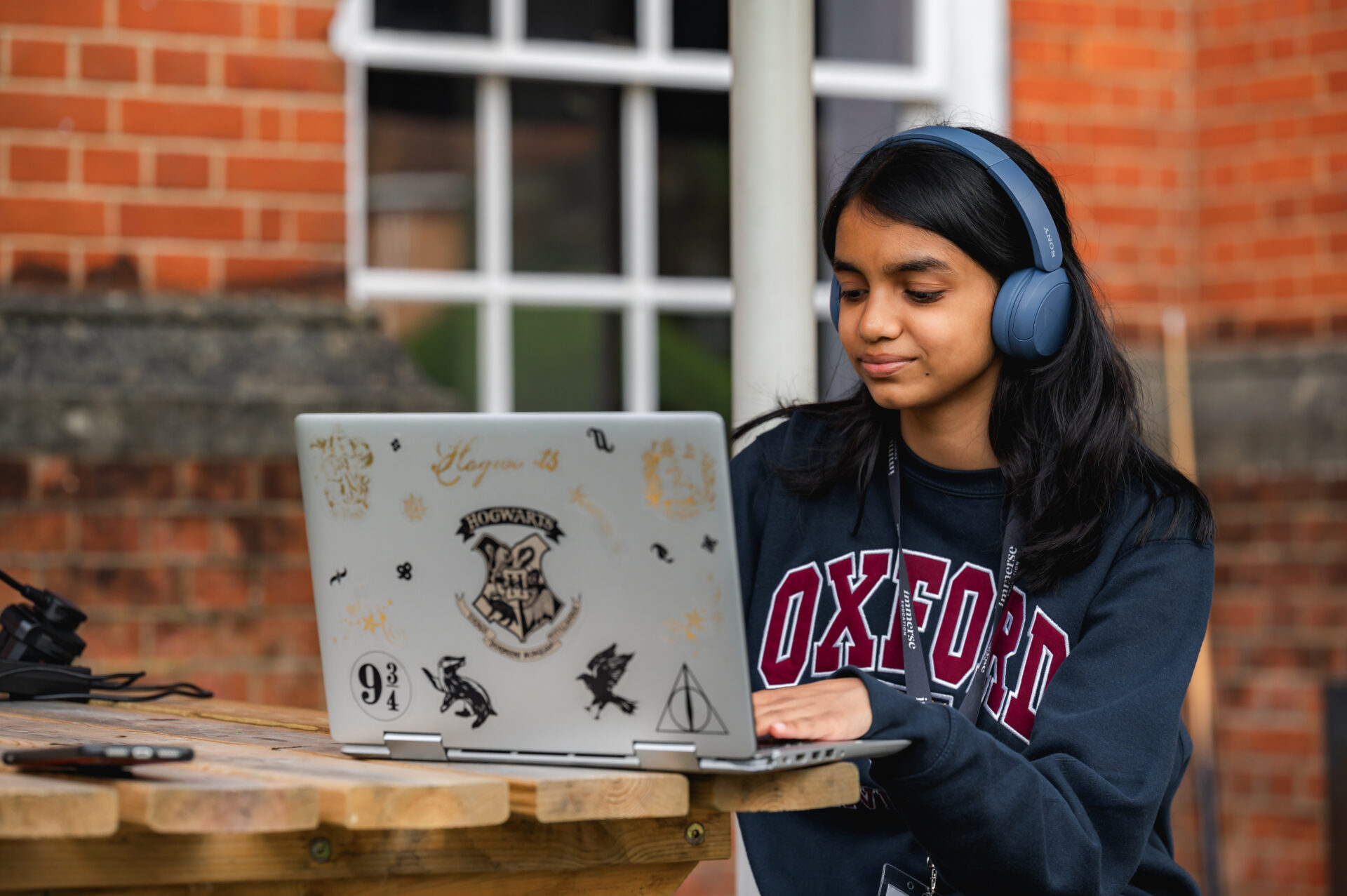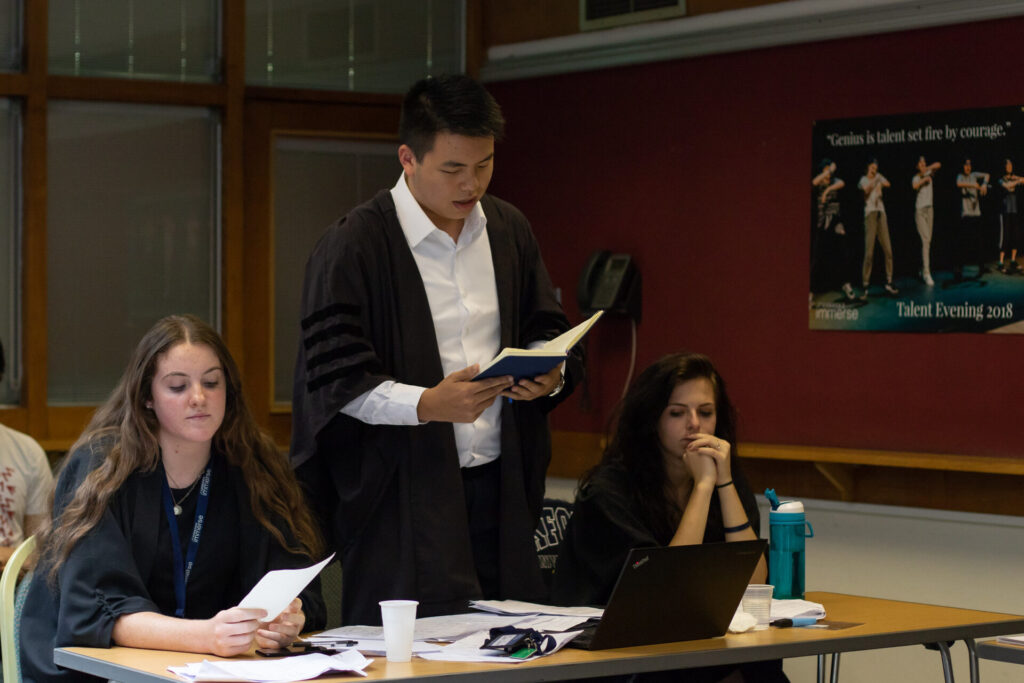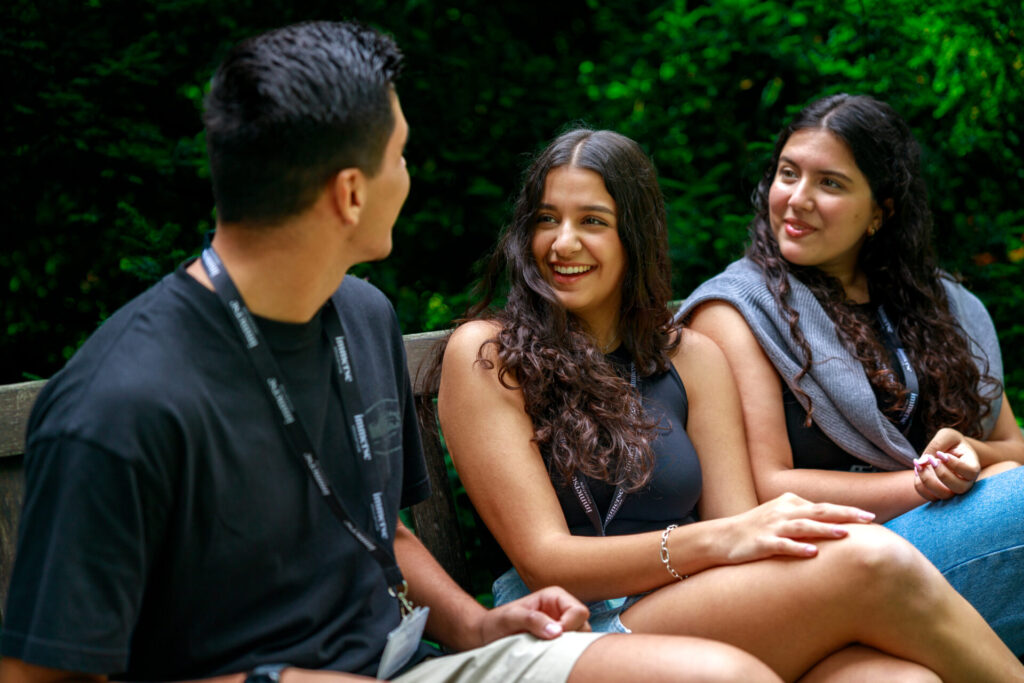What if one question could transform the way your learners think? You already know how powerful critical thinking questions can be when guiding a class toward deeper understanding.
You probably already use critical thinking questions to help learners move beyond recall and develop reasoning, curiosity, and independent thought. In your lessons, this approach turns everyday moments into opportunities for exploration. You can create a space where learners think boldly and engage with ideas that truly matter.
At our TED Summer School, we’re developing a curriculum that features purposeful questioning and inquiry-based dialogue. For practitioners, this method will strengthen your teaching practice and inspire richer classroom conversations.
What Makes a Question Critical
A critical question digs beneath the surface of an idea. In your classroom, it prompts learners to explore why something matters, how it works, or what could change if assumptions were challenged. Critical thinking questions go beyond recalling facts; they explore why, how, and what if, inviting deeper engagement with ideas.
When you introduce questions that begin with why, how, or what if, you guide learners to analyse arguments, recognise assumptions, and test their own thinking. This shifts your lessons from information delivery to intellectual exploration.
TED speakers model this brilliantly. When a presenter asks What if we looked at this differently? Or Why have we always done it this way?, they invite audiences to reframe their thinking. You can use this same technique in your classroom to spark curiosity and open meaningful dialogue.
In your teaching, well-crafted questions encourage reasoning. They prompt learners to seek evidence, compare viewpoints, and form independent conclusions. Rather than memorising information, your learners begin to evaluate it, weighing what they know against what they uncover through inquiry.
At our International Relations Summer School, teachers apply these questioning strategies to help learners investigate global issues. By asking How do nations balance power and ethics? Or What motivates international action?, you help young thinkers examine complexity, practise empathy, and analyse evidence with confidence.
4 Types of Critical Thinking Questions for Students
When you introduce thoughtful, open-ended questions, learning becomes an exploration rather than a task. Critical thinking questions help your learners uncover meaning, challenge assumptions, and connect ideas across subjects.
With that in mind, here are the different types of questions that can guide your teaching and inspire deeper classroom understanding.
1. Analytical Questions
Analytical questions help your learners explore how ideas connect by uncovering relationships, evidence, and logic. They move your class from recalling information to genuinely understanding it.
When you ask What evidence supports this? Or Why does this matter?, you guide learners to examine assumptions, identify patterns, and see how ideas build on one another. As a result, you model a mindset that values reasoning over recall.
This mirrors Jesse Richardson’s TEDx Talk, How to Think, Not What to Think, which highlights reasoning and curiosity as foundations for independent thought.
Here are a few analytical questions you might use in your lessons:
- What evidence supports the claim that social media influences political opinions?
- What assumptions are we making about how climate change affects developing countries?
- How are global trade policies connected to environmental sustainability?
- What are the causes and effects of rising inequality within urban societies?
- How could we test or verify the argument that technology improves learning outcomes?
Through analytical questioning, you help learners form conclusions based on evidence and communicate ideas clearly, whether in class discussions, group activities, or TED-style presentations.
2. Evaluative Questions
Evaluative questions help your learners judge the quality, reliability, and fairness of information. They encourage your class to think critically about how ideas are presented and whose perspectives are emphasised or overlooked.
By using evaluative questions, you guide learners beyond understanding facts toward weighing their significance. They begin to identify bias, examine credibility, and assess the strength of arguments across subjects.
Here are some evaluative questions you might use in your teaching:
- How reliable is the research claiming that artificial intelligence improves educational outcomes?
- Who benefits or is disadvantaged by government policies on renewable energy?
- What evidence makes one explanation of climate change more convincing than another?
- How fair is the media’s portrayal of political protests across different countries?
- What criteria should we use to decide whether a historical source is trustworthy?
These questions help your learners become discerning thinkers, able to evaluate information and make informed judgments in both academic work and real-world analysis.
3. Reflective Questions
Reflective questions deepen your learners’ understanding of themselves and their ideas. They encourage your class to pause, look inward, and consider how experiences, values, and emotions shape their thinking.
When you ask Why do you believe this? or How has your thinking changed?, you help learners trace how their perspectives develop over time. This mirrors Amanda Palmer’s TED Talk, The Art of Asking, which highlights vulnerability and openness as pathways to genuine connection.
Here are some reflective questions you might use in your classroom:
- Why do you believe that success is defined by grades or achievements?
- How has your understanding of global issues changed after a discussion or debate?
- What experiences have influenced the way you approach challenges?
- In what ways have your cultural background or surroundings shaped your opinions?
- How could you apply what you learned from previous mistakes to future projects?
Reflective questioning helps your learners transform personal experience into understanding, encouraging empathy, self-awareness, and confidence in their own ideas.
4. Creative Questions
Creative questions encourage your learners to think beyond boundaries and imagine new possibilities. They help your class combine ideas, challenge conventions, and look for original solutions to complex problems.
When you ask What if? or How might this work differently?, you open space for experimentation and innovation.
This type of questioning sits at the heart of creative thinking, where curiosity drives discovery. TED speakers use these prompts to reimagine systems, propose new models, and inspire audiences to explore fresh ideas.
Here are some creative questions you might use in your teaching:
- What would happen if education systems focused more on curiosity than exams?
- How could cities be redesigned to promote mental well-being and connection?
- What might global politics look like if empathy guided decision-making?
- How could emerging technologies solve issues like poverty or climate change?
- What new opportunities could emerge if two unrelated ideas were combined?
Creative questions nurture imagination and adaptability, essential traits for young learners who want to shape a more thoughtful and innovative future.
How to Use Critical Thinking Questions in Learning
You can embed critical thinking questions across your entire teaching practice, both inside and beyond the classroom.
These questions are not limited to lessons or assignments; they become habits that help your learners explore, discuss, and connect ideas wherever learning happens.
Classroom discussions:
- Ask Why do you think that? or How could we see this differently?
- Use questions to challenge assumptions and examine alternative viewpoints.
- Turn discussions into collaborations by encouraging learners to listen as actively as they speak.
Essays and written projects:
- Use questions like What evidence supports this point? or How do these examples connect?
- Guide learners to analyse evidence, strengthen arguments, and structure their writing with purpose.
- Let questioning drive reasoning rather than repetition of expected answers.
Group projects and debates:
- Ask What assumptions are we making? or How might someone else interpret this?
- Encourage intellectual empathy by exploring diverse viewpoints before forming conclusions.
- Use questioning to identify gaps, refine reasoning, and reach balanced group decisions.
At the Cambridge Summer School, teachers use these questioning strategies across academic sessions, activities, and informal discussions. Learners discover that inquiry drives insight in philosophy, science, politics, and the arts, and that curiosity continues long after the lesson ends.
Critical thinking questions also build adaptability. They help learners evaluate new information, reconsider assumptions, and stay open to new ideas in any setting. This mirrors the way TED speakers explore complex issues with openness, creativity, and intellectual courage.
Join the Immerse Education 2025 Essay Competition
Follow the instructions to write and submit your best essay for a chance to be awarded a 100% scholarship.

The Benefits of Asking Good Questions
Asking good questions is one of the most powerful ways you can support your learners’ growth. It inspires curiosity, empathy, and the confidence to explore new perspectives both in and beyond your classroom.
Here are five key benefits of asking good questions.
1. Encourages Deeper Understanding
A well-crafted critical thinking question works like a lens, bringing hidden ideas into focus and helping learners see the full picture.
Good questions lead your learners toward exploration rather than memorisation. They help them connect ideas, analyse evidence, and think critically about how and why things happen.
This process deepens comprehension, strengthens reasoning, and nurtures a mindset of curiosity that lasts far beyond a single lesson.
2. Builds Empathy and Awareness
Good questions help your learners see beyond their own perspectives. When you encourage your students to ask Why might someone view this differently?, you guide them to recognise bias, consider diverse experiences, and appreciate the complexity of real-world issues.
Research from the American Psychological Association (2021) shows that curiosity and questioning nurture empathy by encouraging perspective-taking and reducing judgment. This supports respectful dialogue and helps learners approach differences with openness.
3. Strengthens Communication and Confidence
Imagine a classroom where hands rise not to answer, but to ask, and each question pulls the discussion forward.
When your learners ask thoughtful questions, they learn to express ideas clearly and listen with intention. This builds confidence in sharing viewpoints while valuing others’ contributions, turning dialogue into shared discovery.
TED speakers model this beautifully, showing how purposeful questioning encourages openness, clarity, and meaningful engagement in every discussion.
4. Promotes Lifelong Learning
Just like a domino that sets the rest in motion, one critical thinking question can trigger a chain of curiosity that continues long after class ends.
Good questions help your learners see inquiry as an ongoing habit rather than a task. When they ask how ideas connect or why something matters, they begin applying insight across subjects and real-life situations.
This mindset builds adaptability, independence, and a willingness to keep exploring far beyond the classroom.
5. Fosters Leadership and Innovation
“Don’t be afraid to think different and challenge the status quo.” – Jensen Huang, Founder and CEO of NVIDIA.
These words reflect the mindset your learners develop when they question what’s in place and look for ways to improve it. A powerful question can act like a spark, igniting new ideas and helping learners lead with insight rather than certainty.
When your students challenge assumptions and explore possibilities, they build the courage, creativity, and collaborative skills that drive meaningful innovation.
Turning Curiosity into Understanding
Curiosity is often the starting point for genuine understanding. When you encourage your learners to ask thoughtful questions, you help them recognise connections between ideas, themselves, and the world around them.
Critical thinking questions guide your students to approach challenges with openness and creativity. They transform uncertainty into curiosity and ideas into insight, helping learners build confidence in their reasoning.
Through the TED Summer School, you can continue strengthening this mindset in your teaching. You’ll explore how purposeful questioning supports independent thought and encourages learners to engage deeply with new concepts.
Because every meaningful breakthrough in learning begins with a single, courageous question.



















